Popular games for platform Tatung Einstein

Chuckie Egg is an action platformer featuring a turn-based multiplayer mode. As Hen-House Harry, the player must collect the twelve eggs positioned in each level, before a countdown timer reaches zero. In addition there are piles of seed which may be collected to increase points and stop the countdown timer for a while. The player starts with five lives, and an extra life is awarded every 10,000 points.
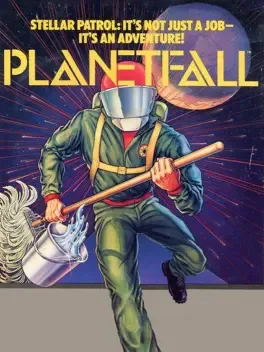
Planetfall is a science fiction interactive fiction computer game written by Steve Meretzky, and the eighth title published by Infocom in 1983. Like most Infocom games, thanks to the portable Z-machine, it was released for several platforms simultaneously. The original release included versions for the PC (both as a booter and for DOS) and Apple II. The Atari ST and Commodore 64 versions were released in 1985. A version for CP/M was also released. Although Planetfall was Meretzky's first title, it proved one of his most popular works and a best-seller for Infocom; it was one of five top-selling titles to be re-released in Solid Gold versions including in-game hints. Planetfall utilizes the Z-machine originally developed for the Zork franchise and was added as a bonus to the "Zork Anthology". The word planetfall is a portmanteau of planet and landfall, and occasionally used in science fiction to that effect. The book Planetfall written by Arthur Byron Cover, uses the game image on the cover, and is marketed "In the bestselling tradition of THE HITCHHIKER'S GUIDE TO THE GALAXY.[2] A sequel, Stationfall, was released in 1987. Planetfall teleports you 12,000 years into an outrageous future. You joined the Stellar Patrol to explore the galaxy, but all you've seen is the end of a mop - until your ship explodes and you're jettisoned onto a mysterious, deserted planet. Luckily, you have Floyd, a lovable multi-purpose robot with the personality of a mischievous 8-year-old. He's the ideal companion with whom to brave your new world, as you dare its dangers and uncover its secrets.

Elite is a space trading video game, written and developed by David Braben and Ian Bell and originally published by Acornsoft for the BBC Micro and Acorn Electron computers in September 1984. Elite's open-ended game model, and revolutionary 3D graphics led to it being ported to virtually every contemporary home computer system, and earned it a place as a classic and a genre maker in gaming history. The game's title derives from one of the player's goals of raising their combat rating to the exalted heights of "Elite". Elite was one of the first home computer games to use wire-frame 3D graphics with hidden line removal. It added graphics and twitch gameplay aspects to the genre established by the 1974 game Star Trader. Another novelty was the inclusion of The Dark Wheel, a novella by Robert Holdstock which gave players insight into the moral and legal codes to which they might aspire.
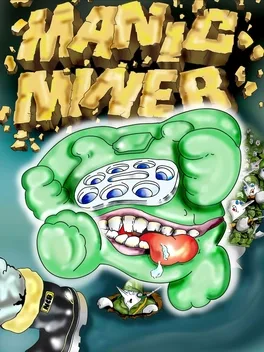
Manic Miner is a platform video game originally written for the ZX Spectrum by Matthew Smith and released by Bug-Byte in 1983 (later re-released by Software Projects). It is the first game in the Miner Willy series and among the early titles in the platform game genre. The game itself was inspired by the Atari 800 game Miner 2049er. It has since been ported to numerous home computers and video game consoles.
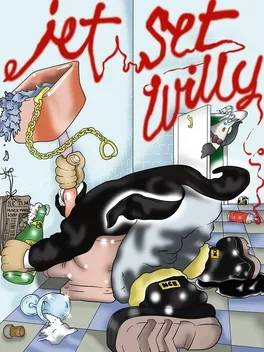
Jet Set Willy is a flip-screen platform game in which the player moves the protagonist, Willy, from room to room in his mansion collecting objects. Unlike the screen-by-screen style of its prequel, the player can explore the mansion at will.
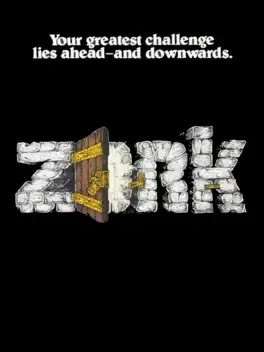
Zork is one of the earliest interactive fiction computer games, with roots drawn from the original genre game, Colossal Cave Adventure. The first version of Zork was written in 1977–1979 using the MDL programming language on a DEC PDP-10 computer.
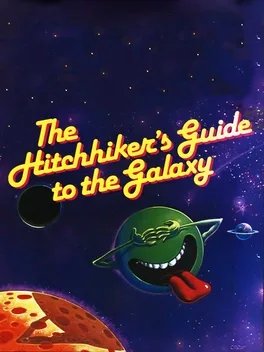
The Hitchhiker’s Guide to the Galaxy is a classic Interactive Fiction game. Though divergent from the source material, the main characters, locations, and concepts are here. Unlike the book, death can come quickly if Arthur fails to observe his surroundings, collect inventory, talk to people, and consult the Guide. Don't panic!
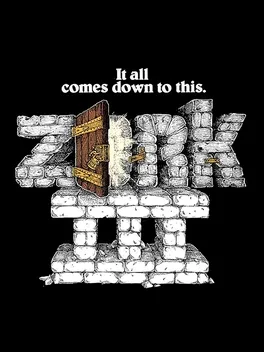
In the third game of the adventure game series Zork, you are once again a nameless adventurer, only this time you won't travel through a beautiful magical land, but are immediately cast into a deep dungeon. Like in a dream, you hear a mysterious voice telling you that you have passed all the tests but one. When conscience returns to you, you find yourself on the endless spiral of stairs, with only your trusty lantern near you... will you be able to survive the horrors of the Dungeon?
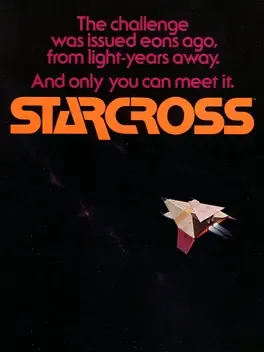
The year is 2186. Humanity has established colonies on the moon, Mars, and several of the larger asteroids. Earth's sky is dotted with space habitats, and the spaceways are always busy. As usual, there is the urgent need for energy to power this advanced civilization; one of the primary sources of that energy is quantum black holes. In Starcross, you are a miner of black holes, scouring the asteroid belt in your one-man survey ship. Finding and harnessing a single black hole can make a person's fortune. It's a lonely business, fraught with the known and unknown hazards of space. You've equipped your ship, the M.C.S. STARCROSS, with the best gear you could afford. You've put everything into this venture, and though you've tried before, you somehow sense that this time will be different.
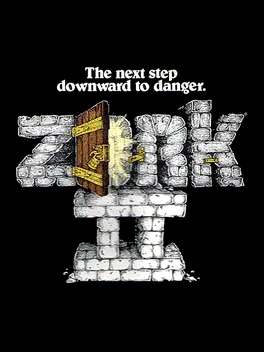
The adventure begins in the Barrow from "Zork I" armed only with the trusty brass lantern and sword of elvish antiquity. The purpose of the game is not initially clear. Like its predecessor, Zork II is essentially a treasure hunt. Unlike the previous game, the ten treasures are tied together by a crude plot. Finding the treasures does not end the game, nor are all the treasures needed to finish the game. Instead, the adventurer must figure out a way to use the treasures in order to reach the game's finale.
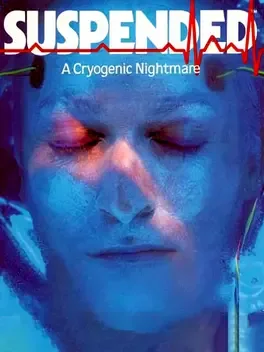
You must save the planet above by repairing the Complex you are frozen within. You must do it before they arrive to shut you down. And you must do it not with your own hands, but with those of your robots.
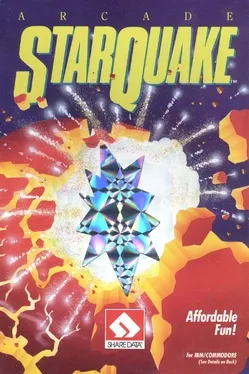
You are a BLOB (a Bio-Logically Operated Being) and are sent into the core of a planet in order to prevent dit from blowing up.
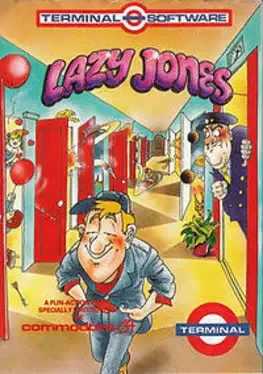
Lazy Jones is essentially a collection of fifteen smaller sub-games. The game takes place inside a hotel with three floors, connected by an elevator. The character is a lazy hotel employee who does not much care for his work, but prefers to sneak into the rooms to play video games instead.
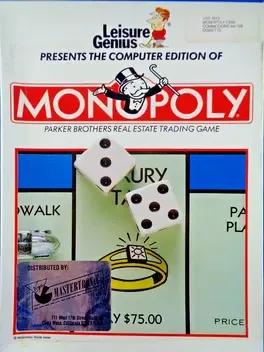
This version of the classic board game supports several graphic formats and offers some different options. From 2 to 8 players can play the game, and they can all be computer players if you wish. This allows you to just sit back and watch as the computer takes over. You can choose to play a short game with a specified time limit, or a standard game, and there is a save game feature. All actions are handled entirely by keyboard. Questions appear in the center area of the board (for buying property, for instance). Pressing the first letter of a word from the top bar takes that action (Q for Quit as an example). Player stats can be viewed on the screen.
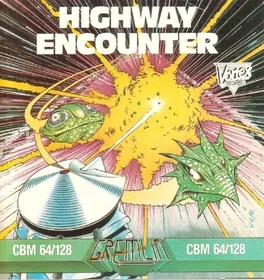
Highway Encounter is a strategy/action game played from a 3D isometric perspective in which you must successfully chaperone a bomb along a long, straight stretch of highway and into the alien base at the end of it. There are thirty screens to pass through and most are filled with hazards that threaten to block your progress (such as barrels) or destroy you (aliens and explosive mines). Players control a robotic "Vorton" (resembling a dalek from Doctor Who) and one of the things that provides Highway Encounter with its unique appeal is that the bomb is constantly being pushed onwards by your extra lives - four more Vortons, who accompany you along the highway. A key strategic element to the game is for the player character to travel several screens ahead of the bomb to clear a safe path for it; normally this would be done by temporarily blocking the bomb's forward motion. However, if the bomb is left in an unsafe location, it is possible for all your extra lives to be lost without the player character being destroyed once. Once all spare lives are lost, the player character must manually push the bomb.
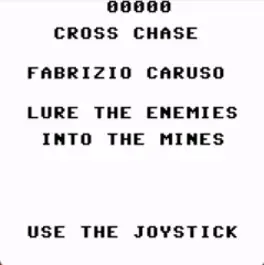
Chase is somehow similar to Gnome Robots but in real-time game and with several items and power-ups.